The news came from Washington DC in a 1982 State Department cable signed SHULTZ: “STEPHEN GRANT IS ASSIGNED TO CAIRO AS EDUCATION OFFICER.” Of course, President Reagan’s Secretary of State George Shultz had no idea who I was. The Department’s convention was for cables to go out under the Secretary’s name only. My family and I had several more months before the movers would come to our house in Abidjan, Ivory Coast on July 21, 1983. For me it was a transfer; for all of us it would be an uprooting and an adventure.
I had become a Foreign Service officer in 1979 while “in the field,” rather than in the Washington headquarters of the U.S. Agency for International Development (USAID). Having lived in French-speaking Ivory Coast for 15 years starting with Peace Corps in 1964, I needed to prepare for a four-year assignment to an Arabic-speaking country in North Africa but so different from West Africa. On January 14, 1983, my son Yonel (16 years old) and I decided to start oral Arabic lessons at the University of Abidjan. What a strange feeling to sit in the same classroom with one’s offspring. It irked me some that he was much quicker than I was to pick up the new words and sounds. One evening the instructor appeared on our doorstep to congratulate the parents on our son’s proficiency in language learning. Any level of vexation surrendered to pride.
Fig. 1. Tiwana (1981–1986), Sylviane Grant’s cat
“Steve, will you please call UTA and make a reservation for Tiwana on the flight to Cairo? Oh, and not in the hold but in the cabin.” The woman at UTA explained, “Monsieur Grant, there are already two passengers who have booked reservations for their cats. I’m sorry; that’s the limit. Those are the rules.” Sylviane (15 years old) looked at me, distraught. “Madame, will you please put Tiwana on the waiting list?” I stammered. There was a pause. “Monsieur Grant, have you ever heard of a CAT on a waiting list?”
Fig. 2. Sylviane and Yonel Grant soon after their arrival in Cairo in 1983
Photo by Stephen Grant
Arriving in Cairo (see Fig. 5 map) at the dead of night, our apartment was not ready and we were put up at the Ramses Hilton, on the 26th floor. When Sylviane opened the door onto the balcony to get some air, Tiwana’s hair stood up on end. A few days later, there was a fire on the floor above us, and we were moved to the nearby Nile Hilton. Yonel and Sylviane (see Fig. 2 photo) and their mother Annick found ways of getting to the French lycée in the Cairo suburb of Maadi. A bulletproof Embassy vehicle drove me to the USAID building. It was the largest USAID field mission in world; a decade earlier the largest was Viet Nam. I ordered new business cards.
Fig. 3. Stephen Grant’s business card in Egypt, one side
Fig. 4. American University of Cairo Press book, Spoken Arabic of Cairo
Photo by Stephen Grant
Fig. 5. Map of Egypt
With Mahmoud Gamal el Din, an invaluable civil engineer with whom I shared an office, I managed a huge USAID project to build public schools in Egyptian villages all over the country. I needed to become proficient in Arabic to carry out my functions. After trying to learn colloquial Egyptian Arabic (see Fig. 4 textbook) in the mornings and classical Arabic for reading and writing in the afternoons, I decided to give up the latter; I was neglecting my family and short-tempered with my afternoon instructor. Etched into my “gratitude journal” is the name of Sohair Lutfy, my Arabic teacher in Cairo. Thanks to Sohair, I did not panic when speaking at a school dedication in El Minya (see Fig. 5 map), 175 miles south of Cairo along the Nile (see Fig. 6 photo). Similarly, I addressed 200 turbaned adult males in the village of El Ghowal (400 miles south of Cairo in Upper Egypt), not far from Luxor (see Fig. 5 map). In the shadow of pharaonic ruins, the group had gathered for a new school dedication. What made the occasion especially significant was that the village inhabited since 1085 B.C. had waited 3,070 years for its first public school. When I wrote up the experience and attached a few of my photos of schoolchildren, USAID turned it into the Front Lines cover story in its monthly rag of August 1986 (Fig. 7 shows Egyptian schoolchildren and a completed USAID-financed school).
The Basic Education project came with a hefty price tag for American taxpayers, $190 million. What did Egypt get for it? “Every week, three new schools, complete with water and electricity, open in areas where enrollment rates are low.” One parent commented, “Before, only my boys went to school. The school was three kilometers away, and I didn’t want my daughters to be out after dark. . . Now they try to teach their mother some of things they learn at school, like sewing.”
Fig. 6. Education Officer Stephen Grant interviewed at the dedication of a new school financed by USAID in El Minya, Egypt
Fig. 7. August 1986 Cover of USAID Monthly Publication Front Lines
Photo by Stephen Grant
Not only did my speech prompt a polite ovation; I even got the crowd to laugh. The humor was not a plant. In many speaking opportunities around the world, my six-foot-four frame requires adjustment of the microphone at the lectern. But this was a fixed device for someone five feet tall. While the technician disappeared to find an alternate microphone system, I said loudly: “Raagil tawil, micro tawil.” “Tall man, tall micro.” The whole crowd emitted polite laughter. Bash Mohandis Mahmoud told me afterward that the audience was saying sotto voce to each other, “the American is speaking Arabic.” They were used to having American diplomats speaking to them in English.
It was the same weekend that I spoke for ten minutes in Arabic to 200 village men under a tent in El Ghowal on the occasion of a USAID school dedication that Mahmoud Gamal el Din suggested that we book first-floor rooms (the old section) in the Winter Palace Hotel in Luxor. His recommendation would change my deltiological life in a major way. That was the weekend I met Emeil Barsom (1913–1991), Winter Palace shop manager from 1974 until his death in 1991.
Let’s admire an early postcard of the Winter Palace built as a hotel (Fig. 8 postcard) in 1906 from my bilingual English-French book, Egypt 1900 The view through postcards, Cairo: Zeitouna, 1993. Mystery readers associate the Winter Palace with Agatha Christie, who wrote Death on the Nile while staying there. She was known for writing in the bathtub.
Fig. 8. Postcard of Winter Palace Hotel in Luxor
Photo by Stephen Grant
The Winter Palace is Luxor’s best commercial location, facing the close-by Nile and only minutes from the Luxor Temple. The gift shops are not visible in this photo, but are to the left.
When I entered the Winter Palace Shop for the first time on October 2, 1984, I figured out soon that I was not in an ordinary gift and souvenir store peddling trinkets to buy for self, family, or friends. Given my intense curiosity and collecting mania since 1980 for picture postcards, I gravitated to the racks and drawers of postcards. I noticed that many of the postcards were not individually displayed but already conveniently pre-packaged in thematic sets of 10 of 12 cards covering the main tourist sites in both Lower and Upper Egypt. Let me show you what I mean. Fig. 9. shows a wrapper (one of 43 that I saved) that contained 12 black-and-white postcards of Luxor, for sale as a set. Look how quickly and effortlessly you can build up a collection! I had obtained 500 postcards with the contents of these wrappers.
Fig. 9. Gaddis & Seif Photographers selling 12 B&W postcards of Luxor
Photo by Stephen Grant
Look this wrapper over. Does one word surprise you? Where have you seen or heard “requisities?” Right. It’s not in the dictionary, but it is a cute, fun word, and you can guess its meaning. On other wrappers, the word is spelled “requisites.” (“Requisite” can be either an adjective or a noun.) A. Gaddis and G. Seif stand for Attiya Gaddis (1889–1972) and R. Girgus Seif (dates unknown) whose commercial partnership lasted from 1912 to 1933. In Cairo, my most important source of Egyptian picture postcards was the firm, Lehnert & Landrock.
After exhausting the postcard racks and drawers in plain sight, my gaze wandered to a back room the contents of which were partially visible due to an open curtain. I peered in. I spied one large piece of furniture with drawers and drawers. No one was in the room. There was no “DO NOT ENTER” sign.
Half an hour later, perhaps, I came out coughing and wheezing. I had absorbed clouds of dust inside my nose, ears, throat, and all over my clothes. My fingers were black. I emerged with hundreds of postcards from a previous era, pristine but underneath decades of dust. Perhaps the old cards (I later learned were from about 1910) were relegated to the back room once the first color postcards came on the market? The old postcards had no price tags on them. I presented the packs of 10 or 12 cards per set, plus a large number of single postcards from the back room to the salesman whom I learned only in 2021 was Emeil Barsom (Fig. 10 portrait), husband to Nergas Gaddis. The rate was about ten cents a piece. The Winter Palace shop had become my King Tut’s tomb with fabulous discovered treasures.
Recently I found the letter I wrote my son Yonel who in October 1984 was a freshman at RPI in Troy, New York. “In Luxor, Seif confirmed he has no more old postcards at shop or home. Gaddis says he forgets easily, but has no more. When I insisted, however, he let me open up drawers, cupboards, and cabinets long since closed or blocked. In one dusty box I found 2,000 cards, only 10 years old: uninteresting. I also found 20,000 old empty envelopes: uninteresting. Then, then I came upon a box of old postcards, including, including over 100 cards (several duplicates) with a small photo in the center or side. I felt like Howard Carter! We had 4 or 5 of them before. Also found 4 more of exploitation of King Tut’s tomb with treasures being carried, flanked by 4 armed guards. Can’t wait to show you all these. I visited Nakht’s tomb, and saw 3 dancing girls and blind harpist, also Ramsesseum.”
It had never occurred to me to take photographs inside the shop. Fortunately, however, I did take the initiative to snap a photo of the shop manager in front of the shop clearly marked “Gaddis.” It might have been the same day, or another day. I did hang around that very special spot, maybe to mark my territory. Didn’t the shop manager have such an expressive gesture?
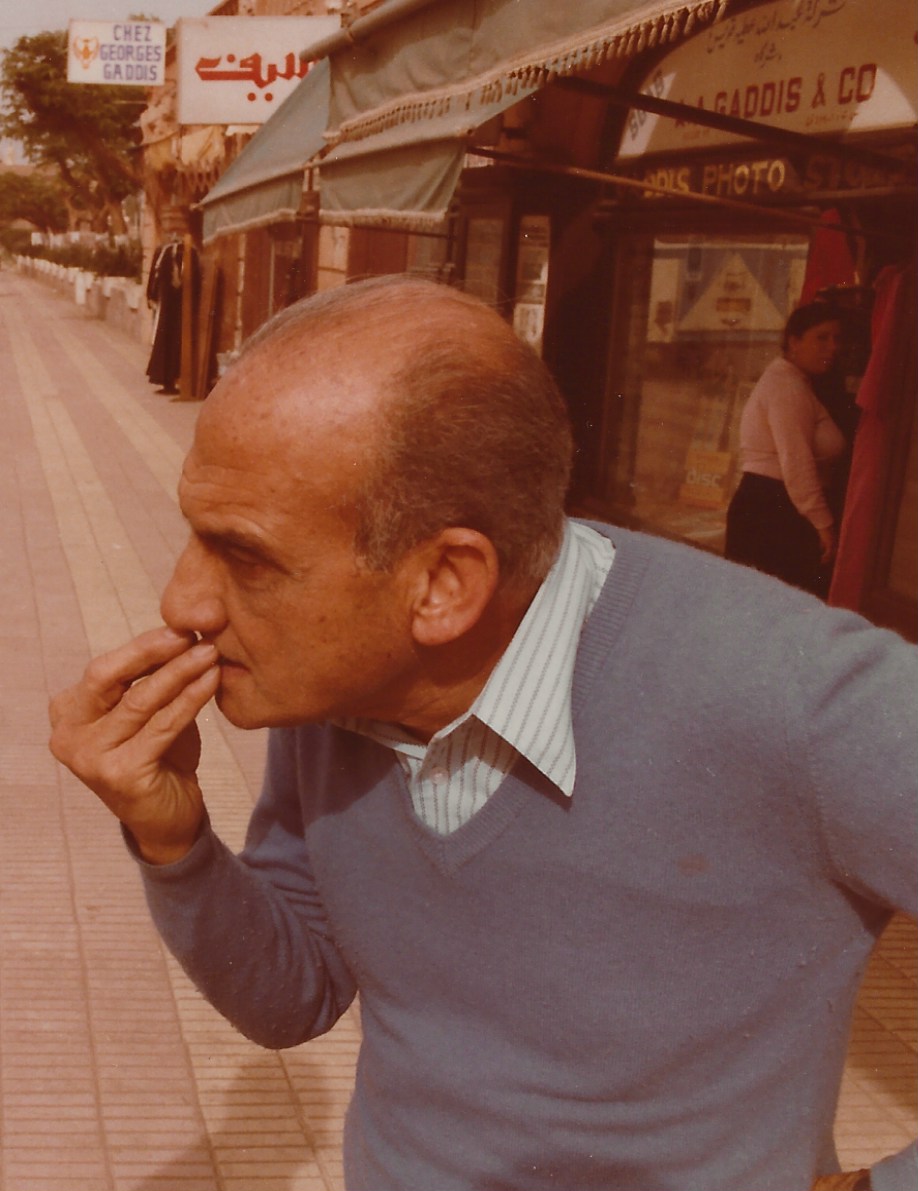
Fig. 10. Emeil Barsom, Winter Palace Hotel Shop Manager, 1985 in front of his shop
Photo by Stephen Grant
Far left, the sign written in French “CHEZ GEORGES GADDIS” would entice French tourists. Another sign reads “A.A. GADDIS & CO.” The three Gaddis gift shops feature books, silverware, jewelry, alabaster bowls, bead necklaces, stone replicas of ancient gods, etc., but the most notable is photographs and postcards.
Figs. 11 photo by Attiya Gaddis shows awnings over shop fronts to the left of the Winter Palace Hotel and the lower floors of the hotel.
Fig. 11. Winter Palace Shops 1–4, 1944
Photo by Attiya Gaddis
For the next four photographs, I have Ehab Gaddis to thank. He was born into the family that operates the oldest souvenir book shop in Luxor. In 1997 he became British honorary consul in Luxor. In 2013 he gained the rank of honorary order of the British Empire, OBE. Now he is CEO of Gaddis & Co. Ehab proudly shows visitors the old plate glass negatives used with his grandfather’s box camera. He explains that their measurements are, in inches, 2.5 x 3.5, 5 x 7, 8 x 12, and 12 x 18. Ehab’s father kept them in a refrigerator for protection. Now they are preserved in special wooden boxes.
Fig. 12. Drawers chockablock full of black and white postcards
Photo by Ehab Gaddis
Fig. 13. The famous blue curtain leading to the back room
Photo by Ehab Gaddis
Fig. 14. Original old postcards and treasures behind glass
Photo by Ehab Gaddis
Fig. 15. Attiya Gaddis’s first camera from 1907
Photo by Ehab Gaddis
When he was a teenager, Attiya Gaddis became the assistant to an Italian photographer named Antonio Beato. Beato had arrived in Cairo in 1860 with this box camera, and brought it to Luxor where he set up a shop in 1862. After Beato died in Luxor in 1906, his widow sold the camera to his assistant Attiya Gaddis. Gaddis carried on Beato’s initiative of making Luxor the center of the growing trade in marketing Egyptology for tourists. Their photographic approach was two pronged: depict the grandeur of the architecture and art on one hand, and capture scenes of everyday life and labor on the other.
In February 1985 in Cairo I met American archeologist, Mark Lehner, who was mapping the Sphinx. I brought in two large black binders to show him the 130 postcards I had collected showing the Sphinx and the Giza pyramids. He looked through the whole lot intently, concluding that picture postcards did, in fact, provide a valuable record of how those Giza treasures had eroded over recent decades. He also pointed out cards that revealed attempts to protect the antiquities and try, more or less successfully, to guard against deterioration. Now with 40 years of experience behind him, Dr. Mark Lehner is Director and President of Ancient Egypt Research Associates, Inc. (AERA).
In April 1985 I met Lanny Bell, from 1977 to 1989 field director of the Epigraphic Survey organized by the Oriental Archeological Institute (University of Chicago) in Luxor. Their objective was to map and draw all the tombs and temples in the area “before they disintegrate.” Lanny was interested in my growing postcard collection that I told him about during a visit to Chicago House in Luxor. I gave him some duplicate cards of Luxor and Medinat Habu, a New Kingdom temple on the west bank of the Nile.
In the middle 1980s, I also started collecting seriously old Egyptian picture postcards sent through the mail. I obtained them mainly by visiting postcard boutiques in Paris and sifting through shoe boxes or binders. After a while I had acquired enough to write an illustrated article and submit it to Cairo Today for publication. As you might imagine, the article started with a postcard of the Winter Palace, so magical for me.
Fig. 16. Cairo Today Sept. 1986 Cover
Photo by Stephen Grant
Fig. 17. Cairo Today Publisher, editor, and staff
Photo by Stephen Grant
Fig. 18. Nile view of Winter Palace (1910) and water carrier
Photo by Stephen Grant
Fig. 19. Souk, humor, King Tut, Sphinx, and dancing girls
Photo by Stephen Grant
Fig. 20. Cairo street, military band, desert camels, Fiat 501
Photo by Stephen Grant
Fig. 21. Grant Family cruised the Nile on the M/S Egypt
Photo by Stephen Grant
After several trips to Upper (south) Egypt for USAID, over Christmas I had the opportunity to take my wife, children, and mother on a Nile cruise that included Luxor. Our vessel was the M/S Egypt, pictured in Fig. 21.
It was a sad day when I left Luxor for the last time, a third of a century ago. I saved my train ticket. The Egyptians referred to the train between Cairo and Luxor as “el atr fransawi,” the French train. That is a misnomer. The train was manufactured in Germany, but the (dining) service was French.
Fig. 22 Luxor-Cairo train ticket
Photo by Stephen Grant
As a coda, this century I donated all my African picture postcards––most of them Egyptian––to the Eliot Elisofon Photographic Archives of the Smithsonian Institution, located in the National Museum of African Art in Washington, D.C. Fig. 23 recounts the tale of my postcard collecting capturing the attention of the Museum when the Archive Curator was Chris Geary. Amy Staples (Fig. 24.) was promoted Senior Archivist in 2004.
Fig. 23. Stephen Grant: Postcard Collector and Museum Friend
Friends of African Art Folio, Fall 2002
Fig. 24. Amy Staples, Senior Archivist
Eliot Elisofon Photographic Archives, National Museum of African Art
Thank you, dear readers, for indulging a deltiologist in coupling image and text, and please enjoy the Smithsonian’s one-minute teaser featuring Egyptian postcards, enhanced with a musical track: https://africa.si.edu/collection/eliot-elisofon-photographic-archives/
COMMENTS:
17 Comments
Submit a Comment
CONNECT

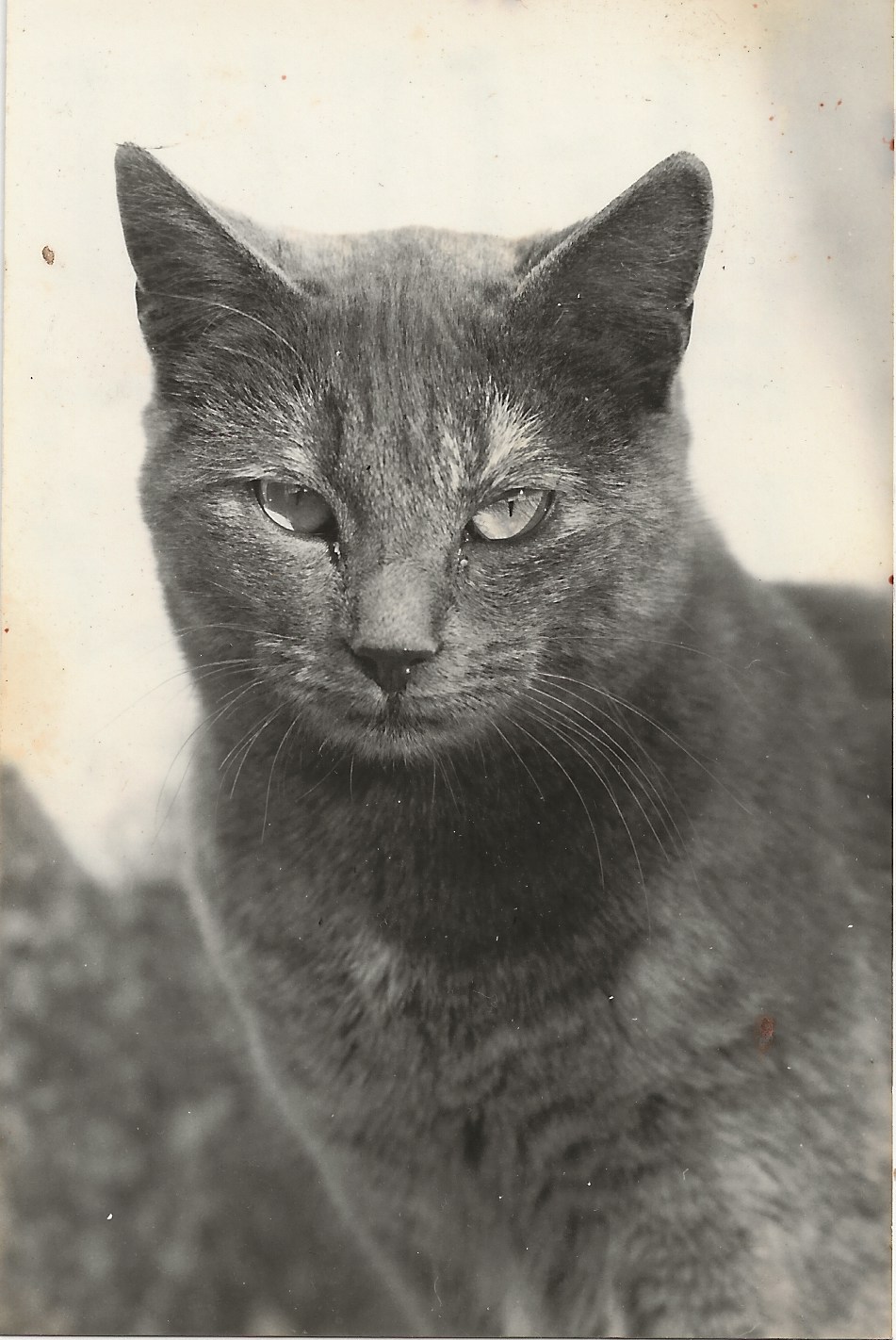
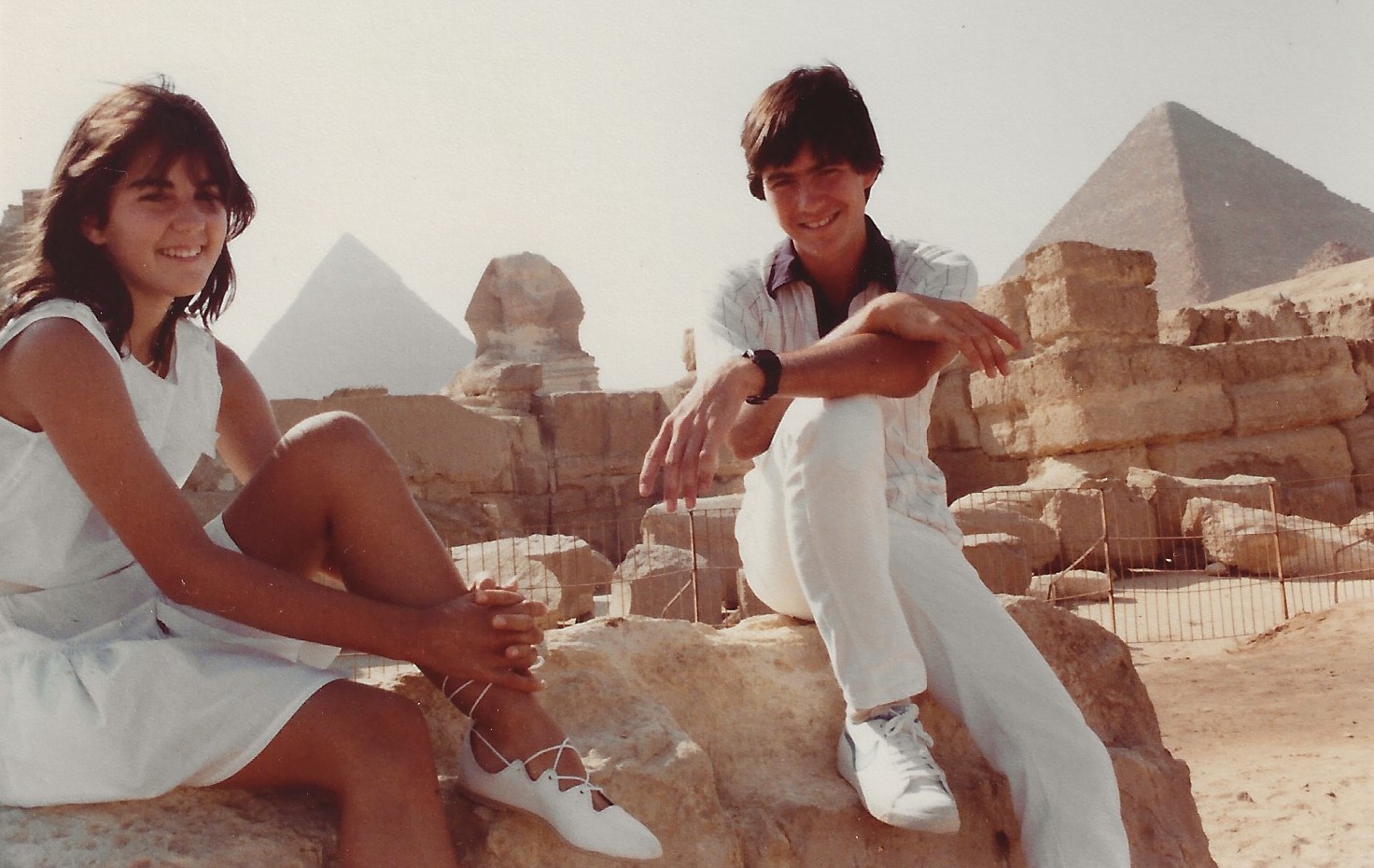
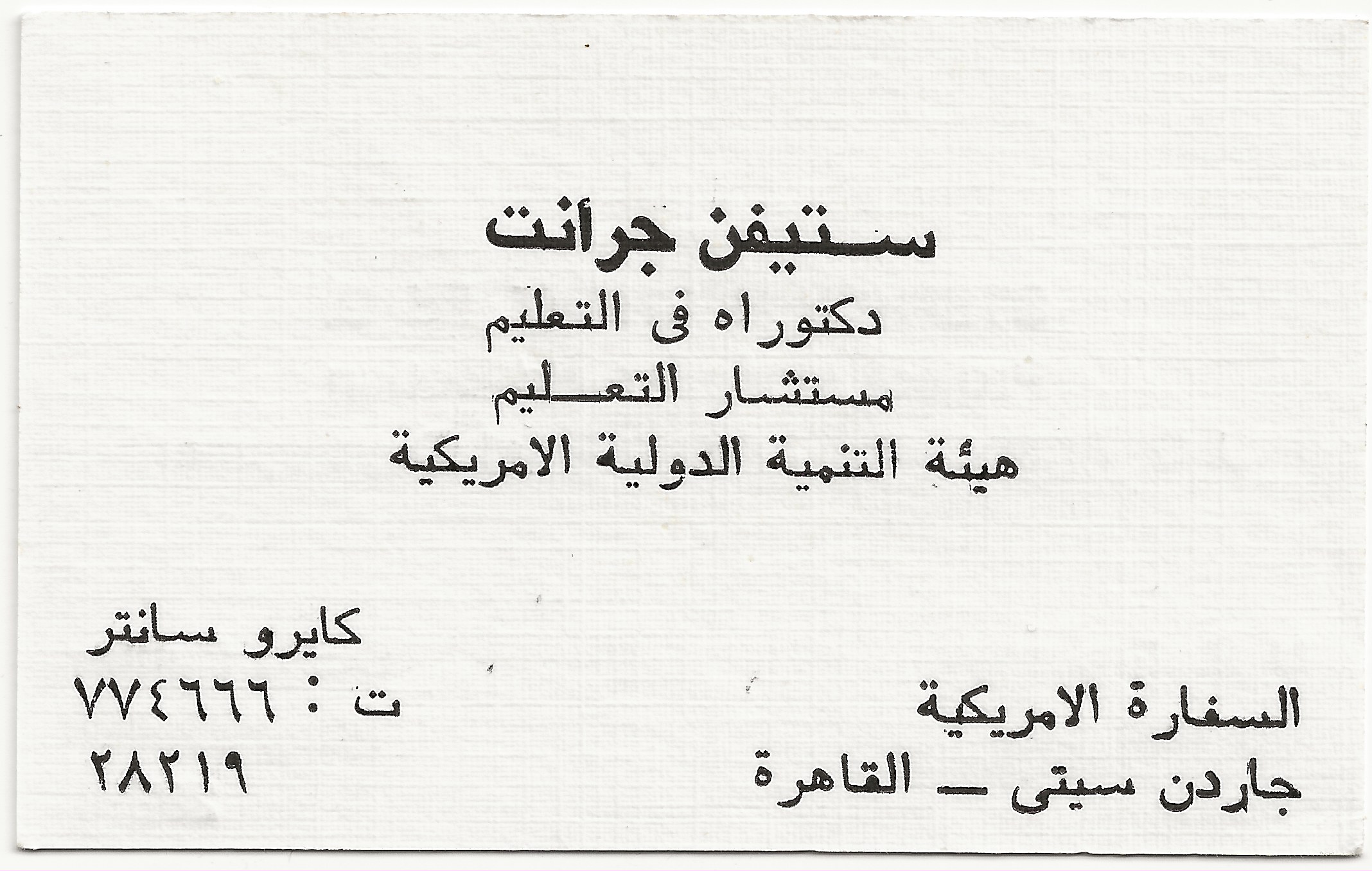
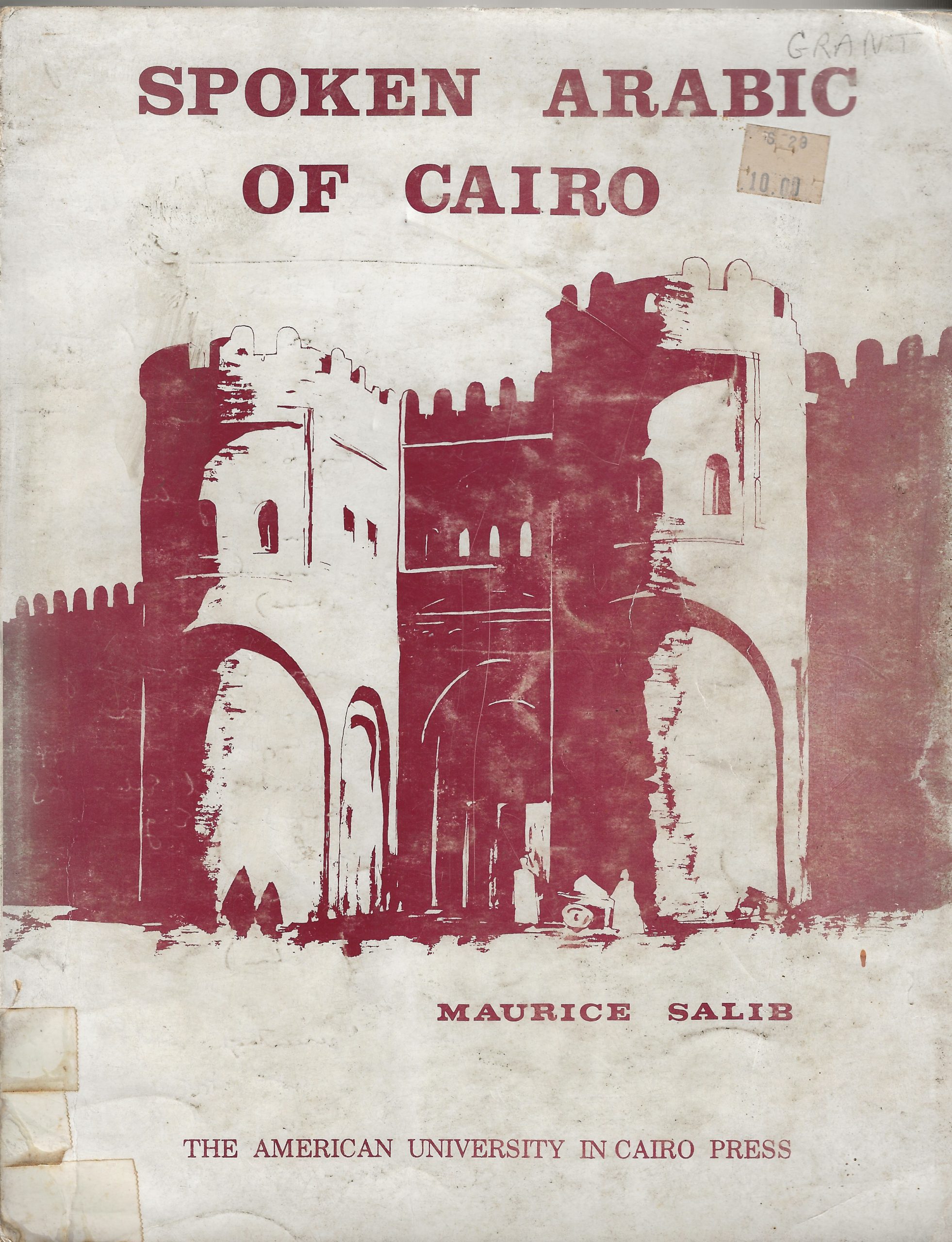
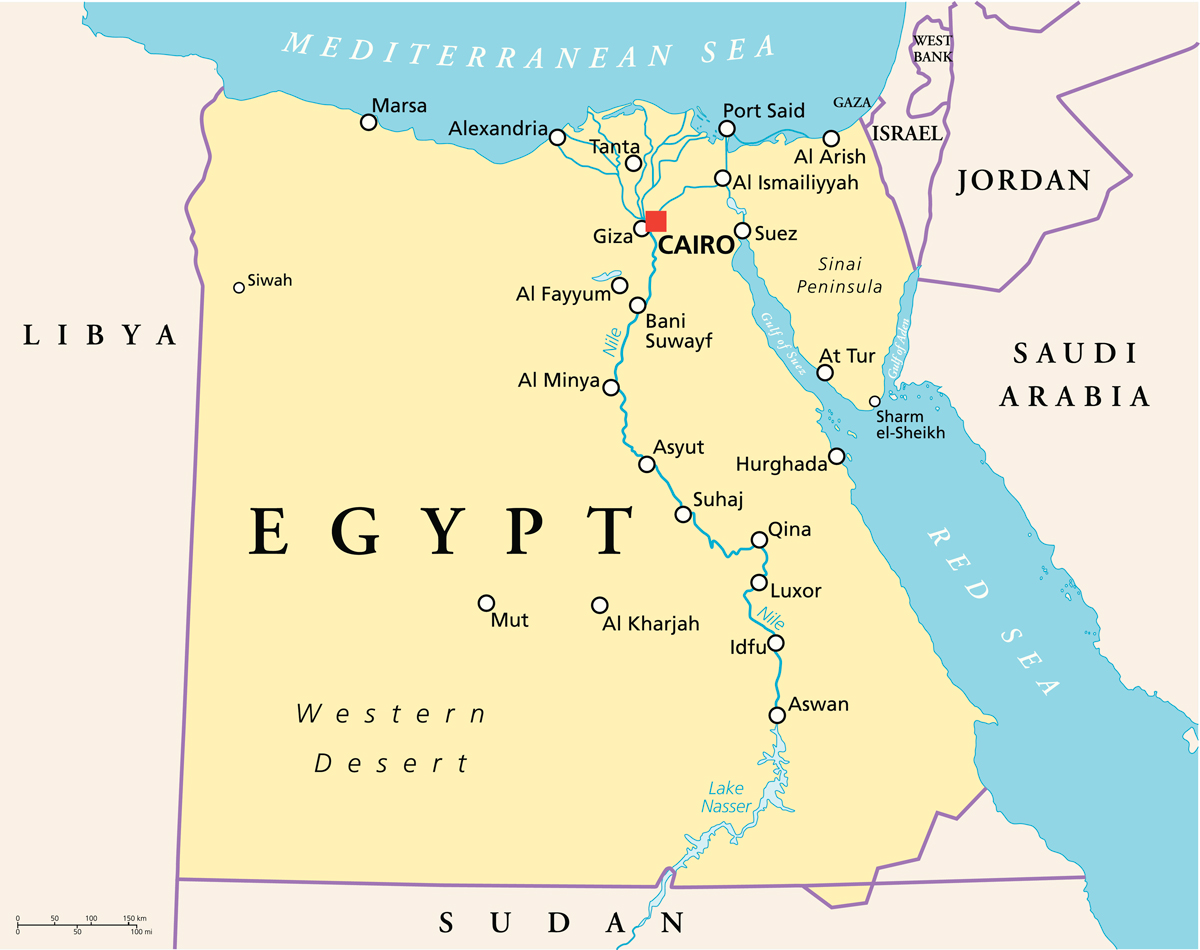
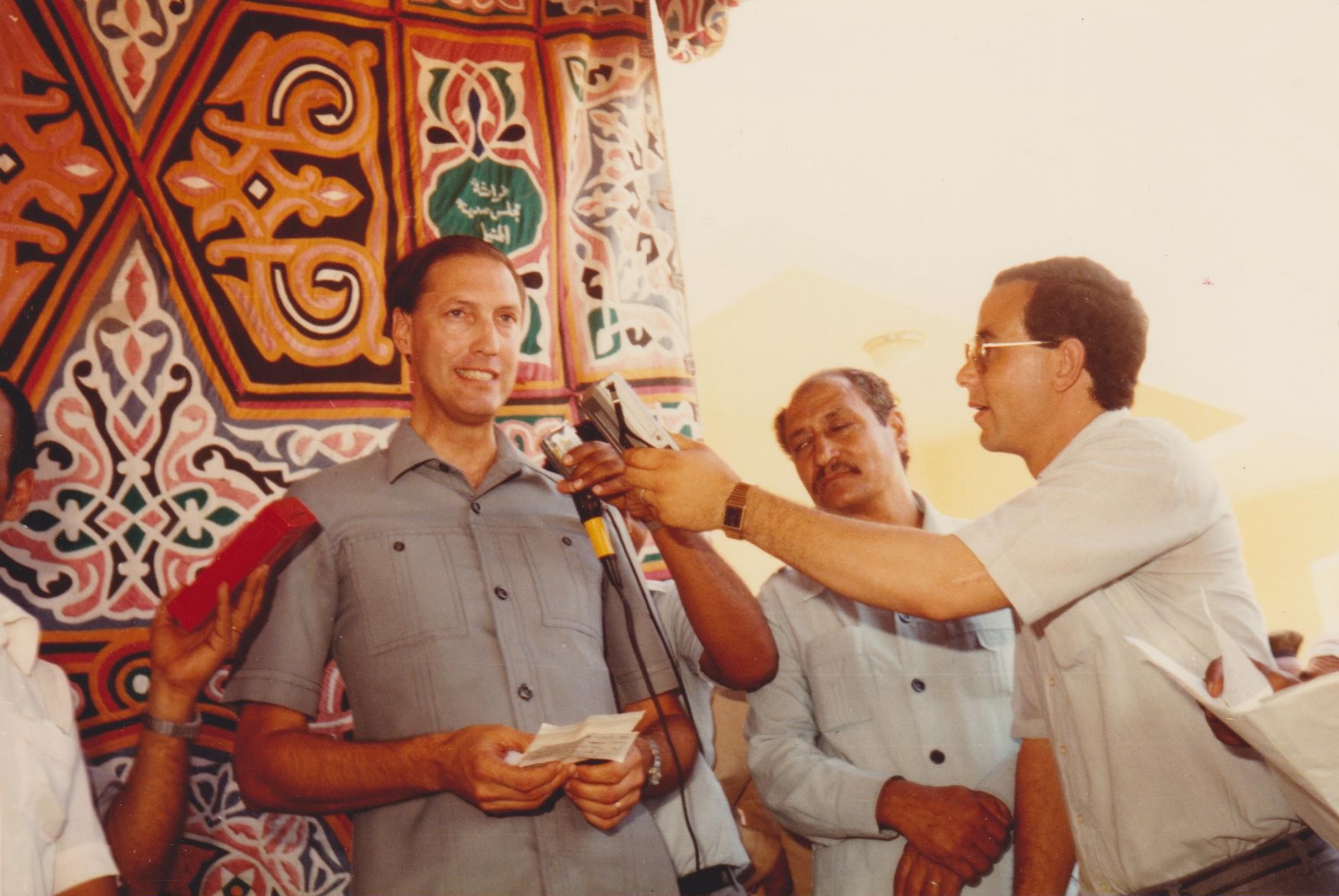
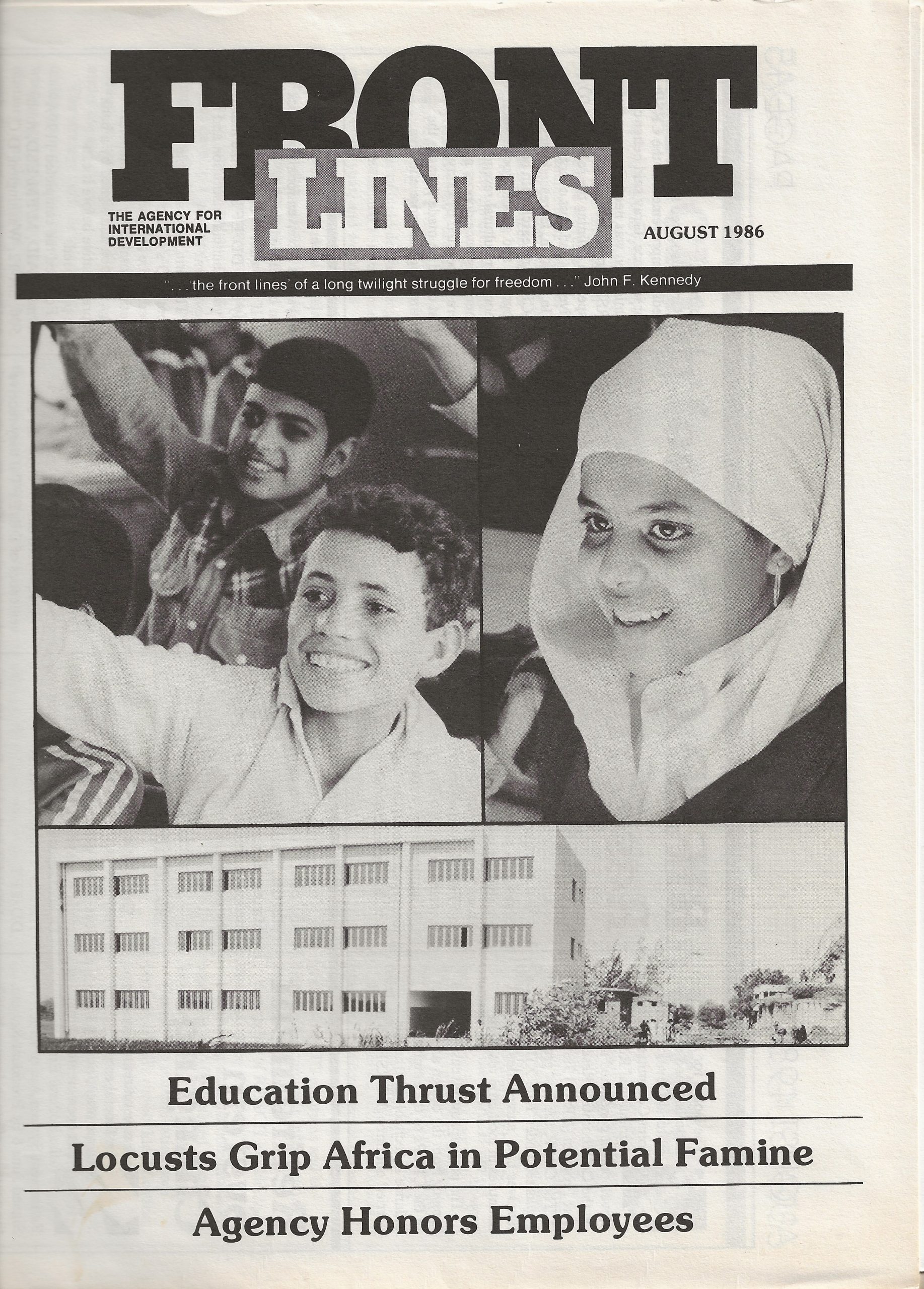
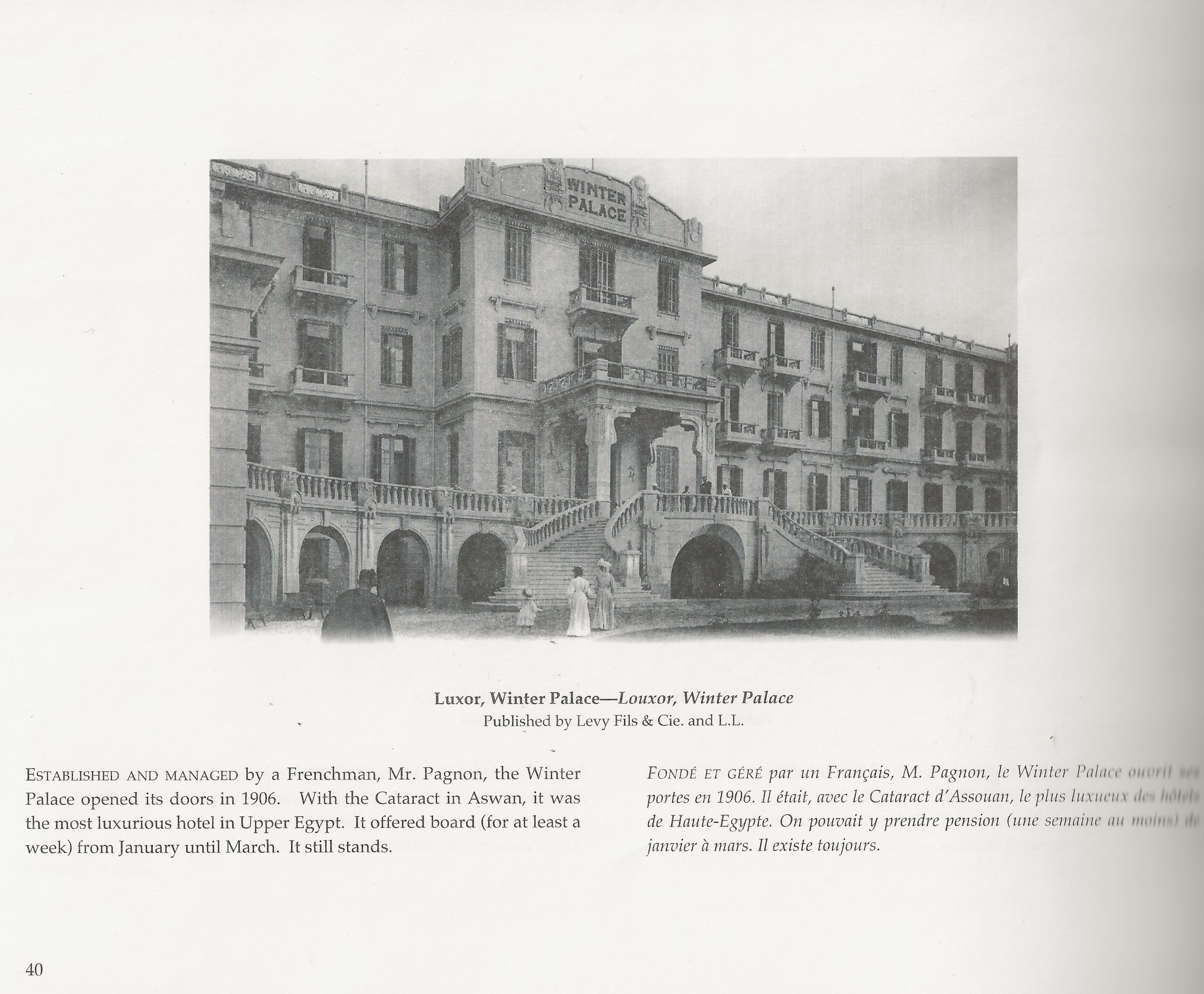
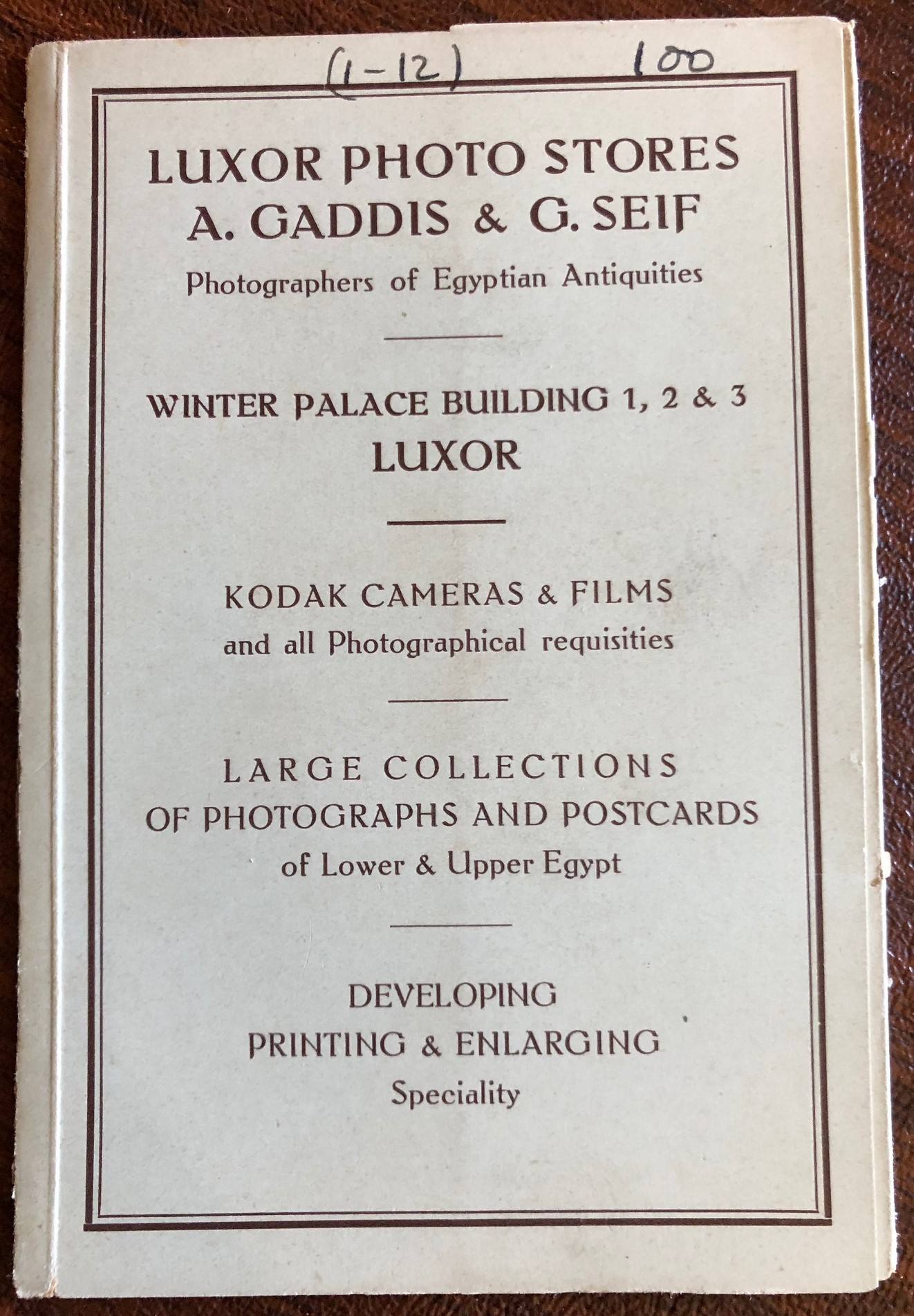
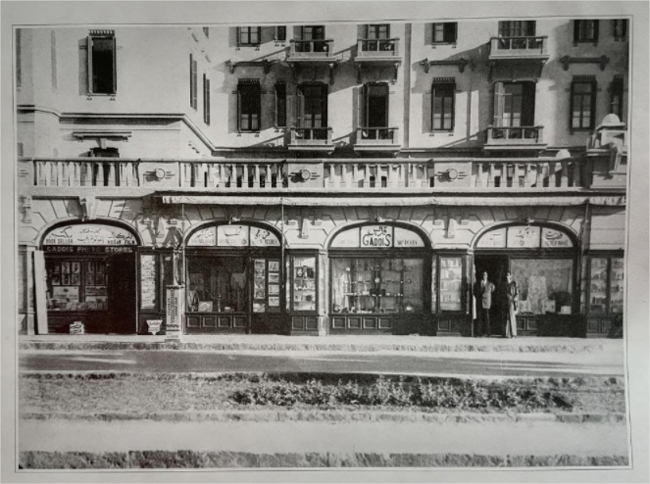
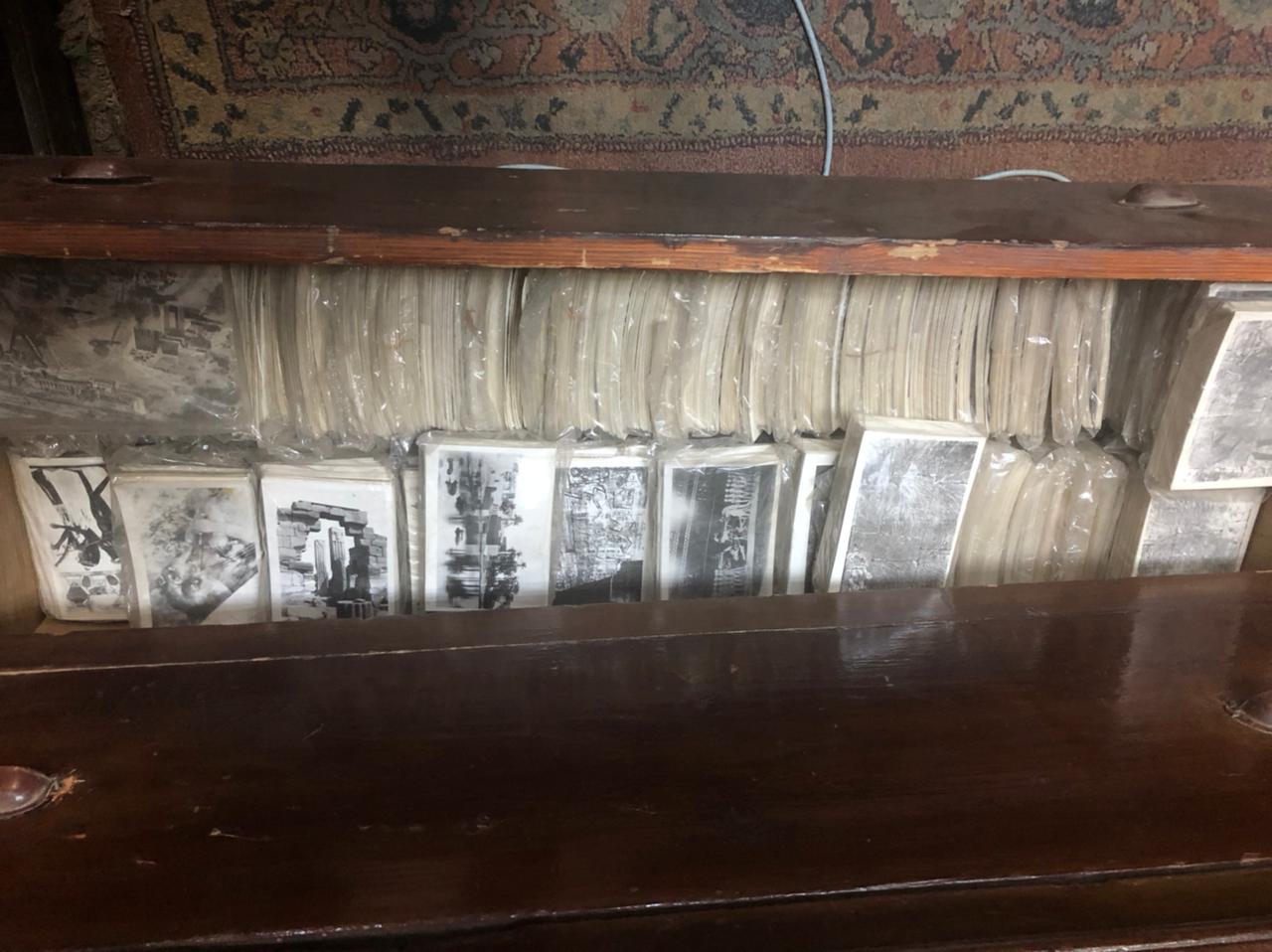
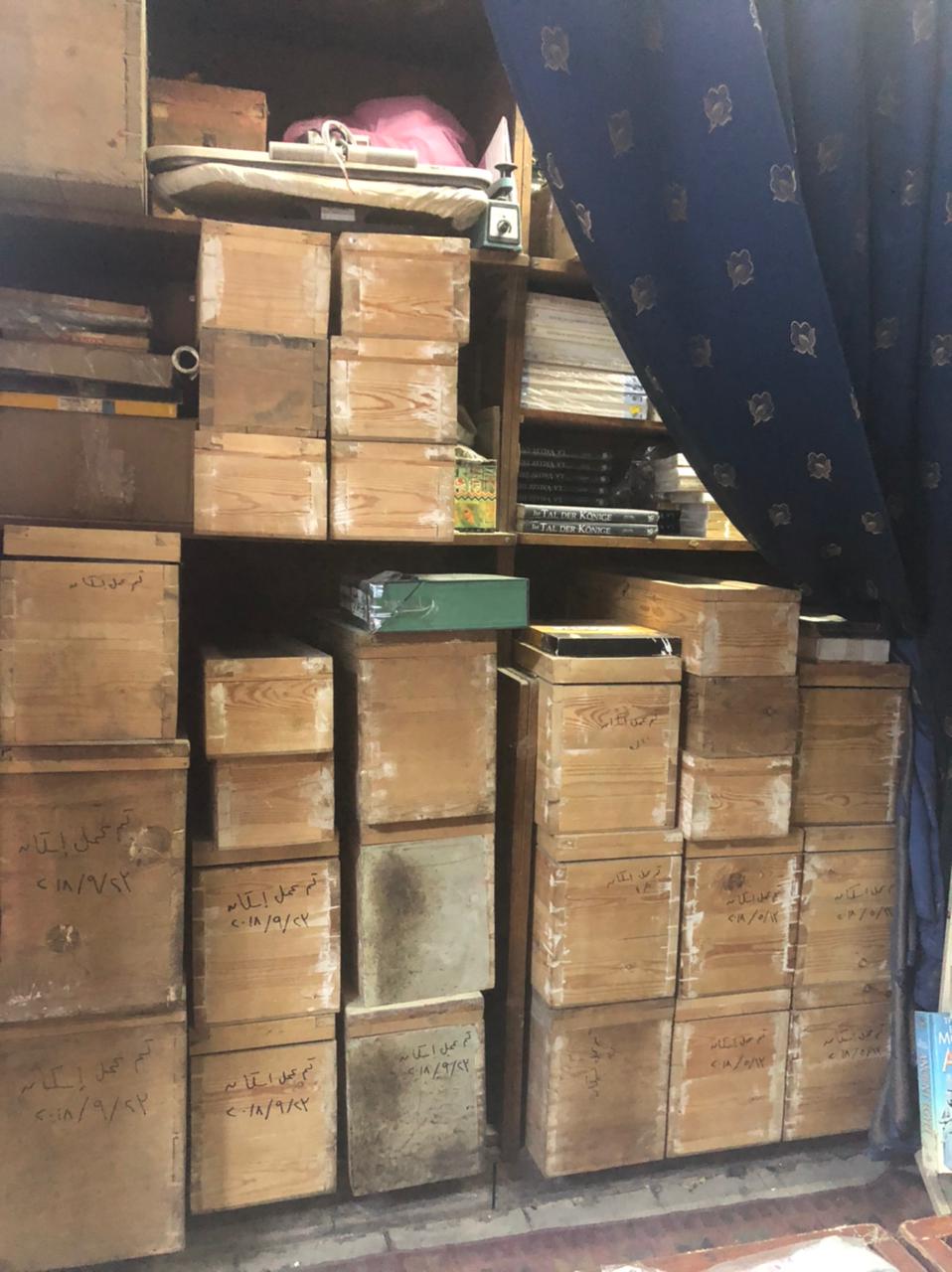
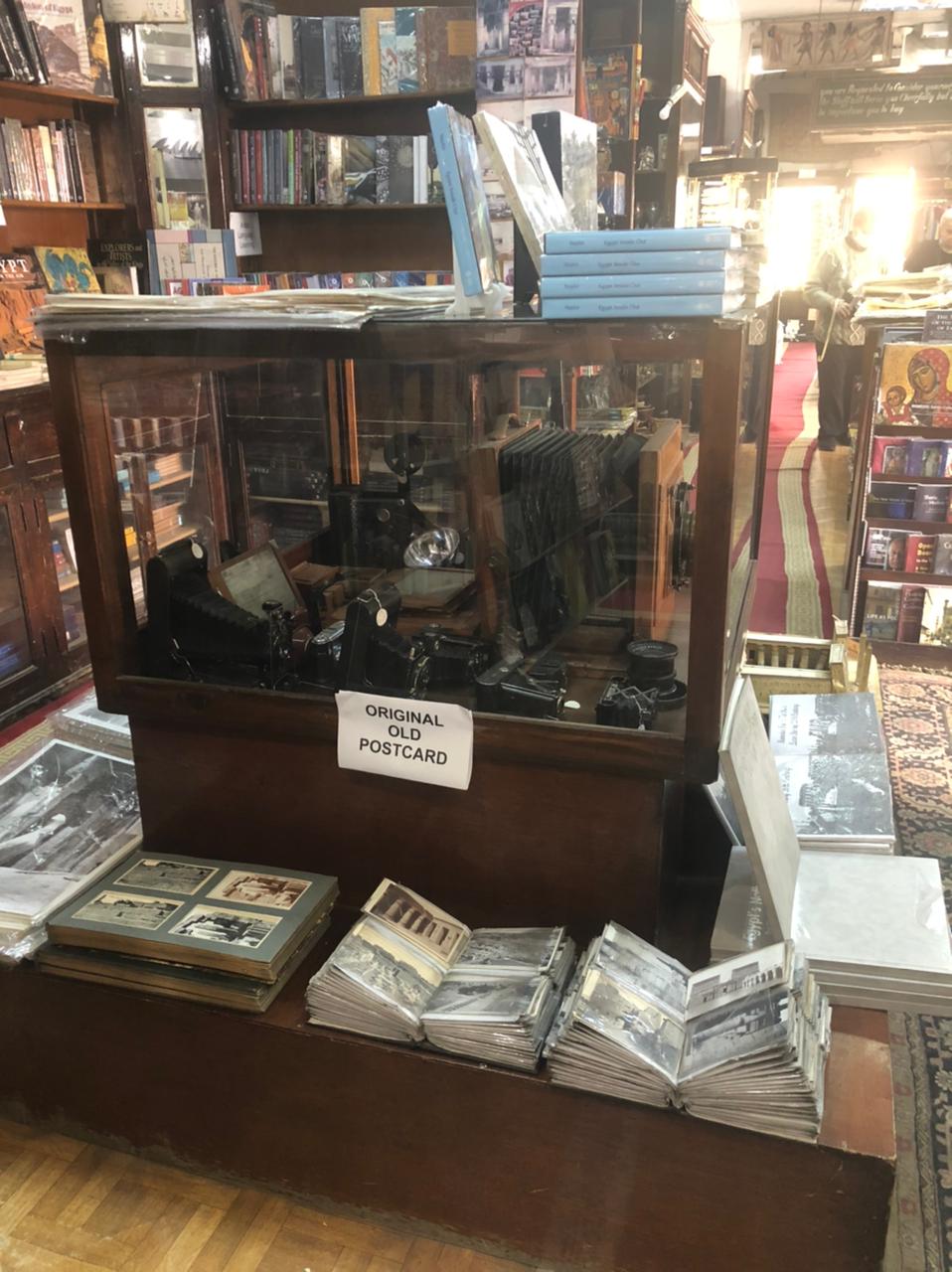
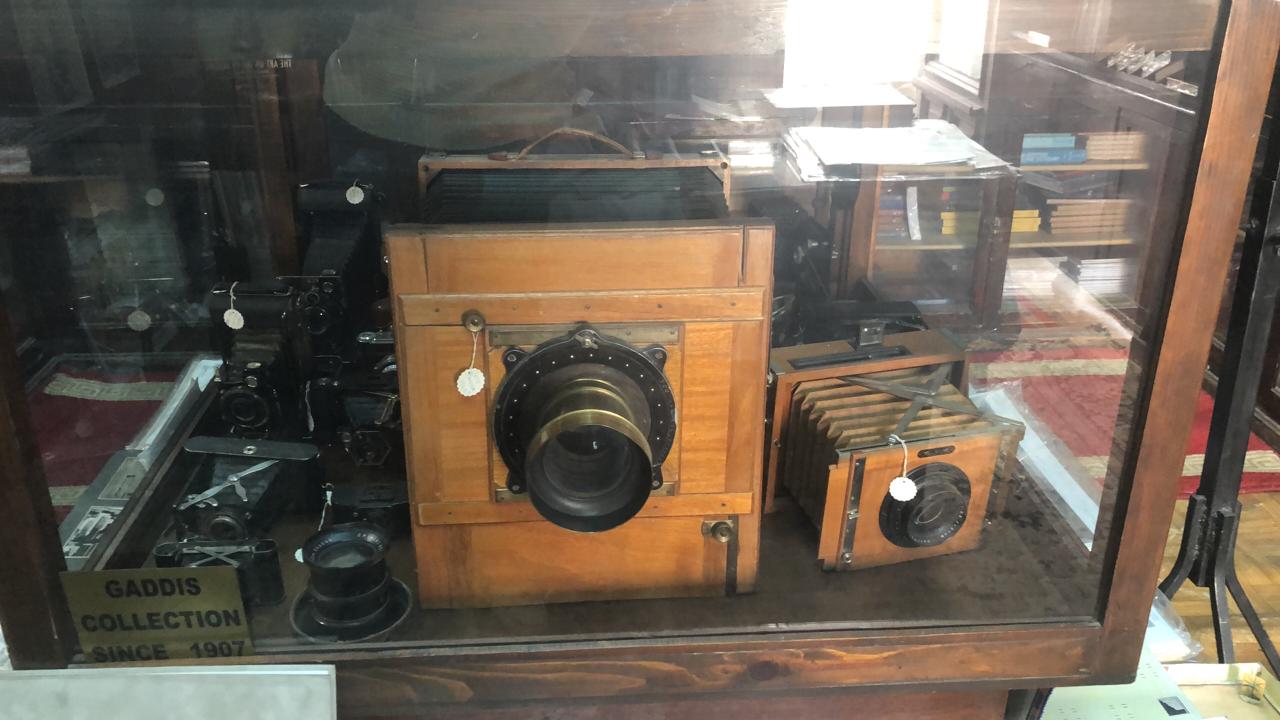
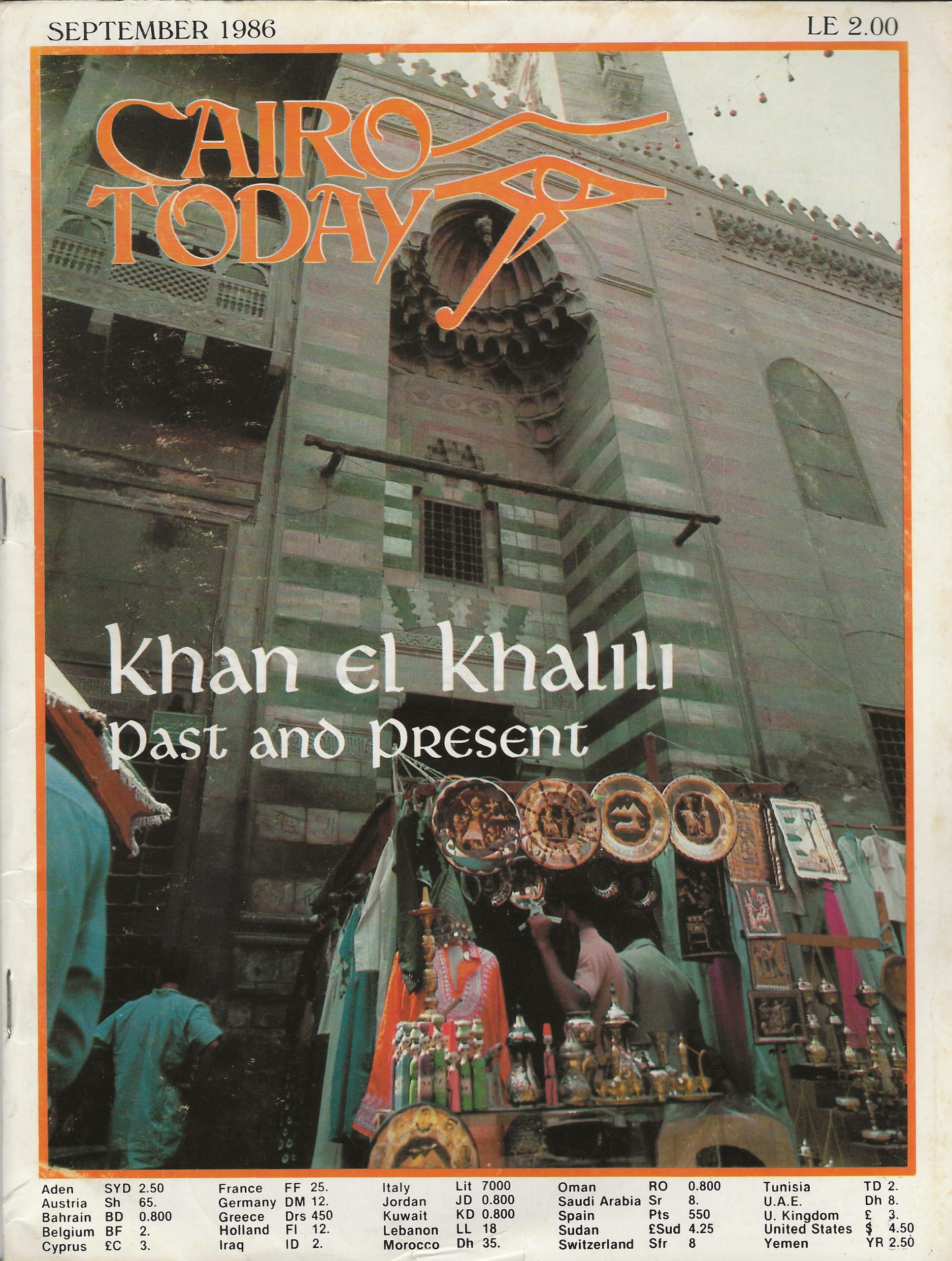
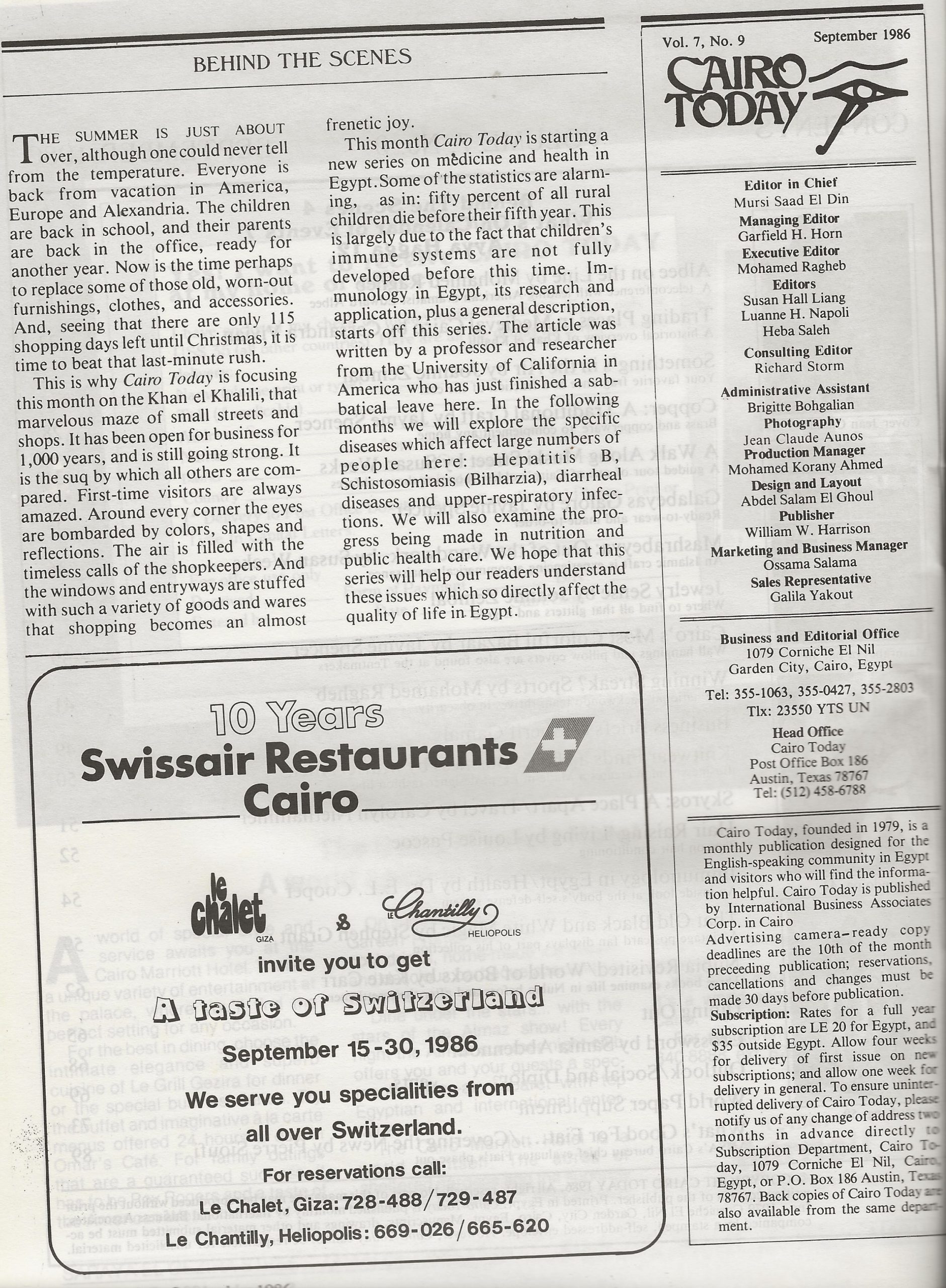
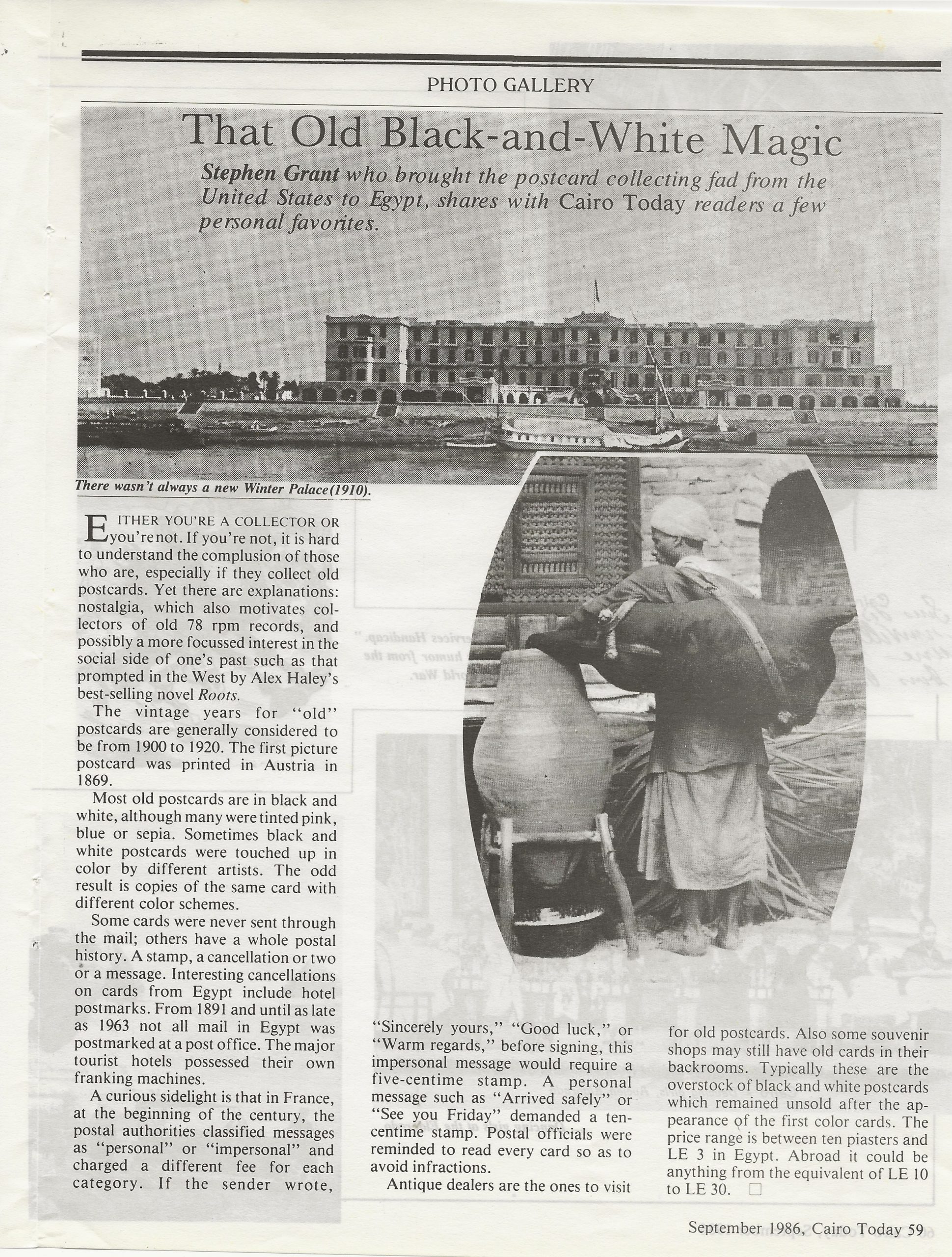
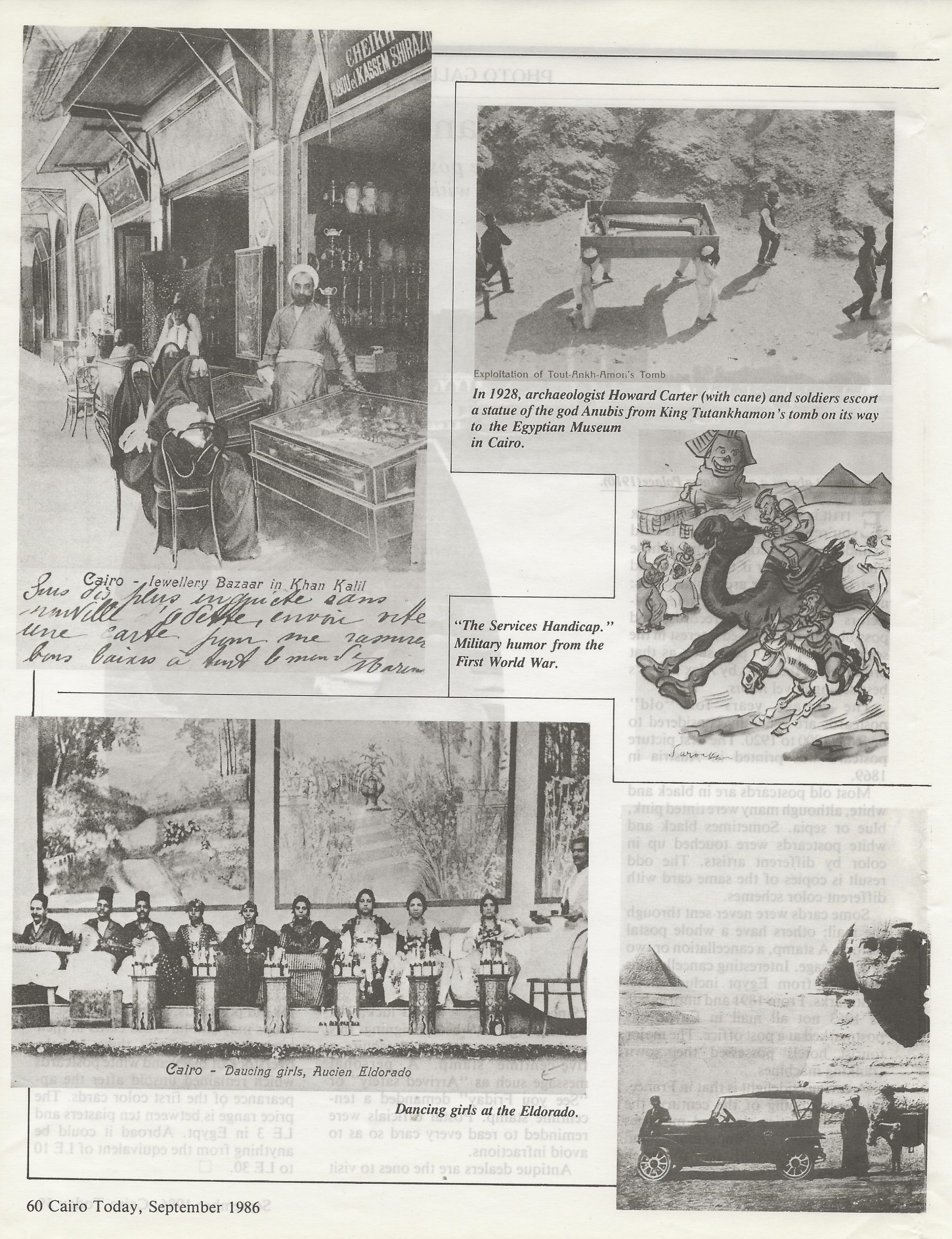
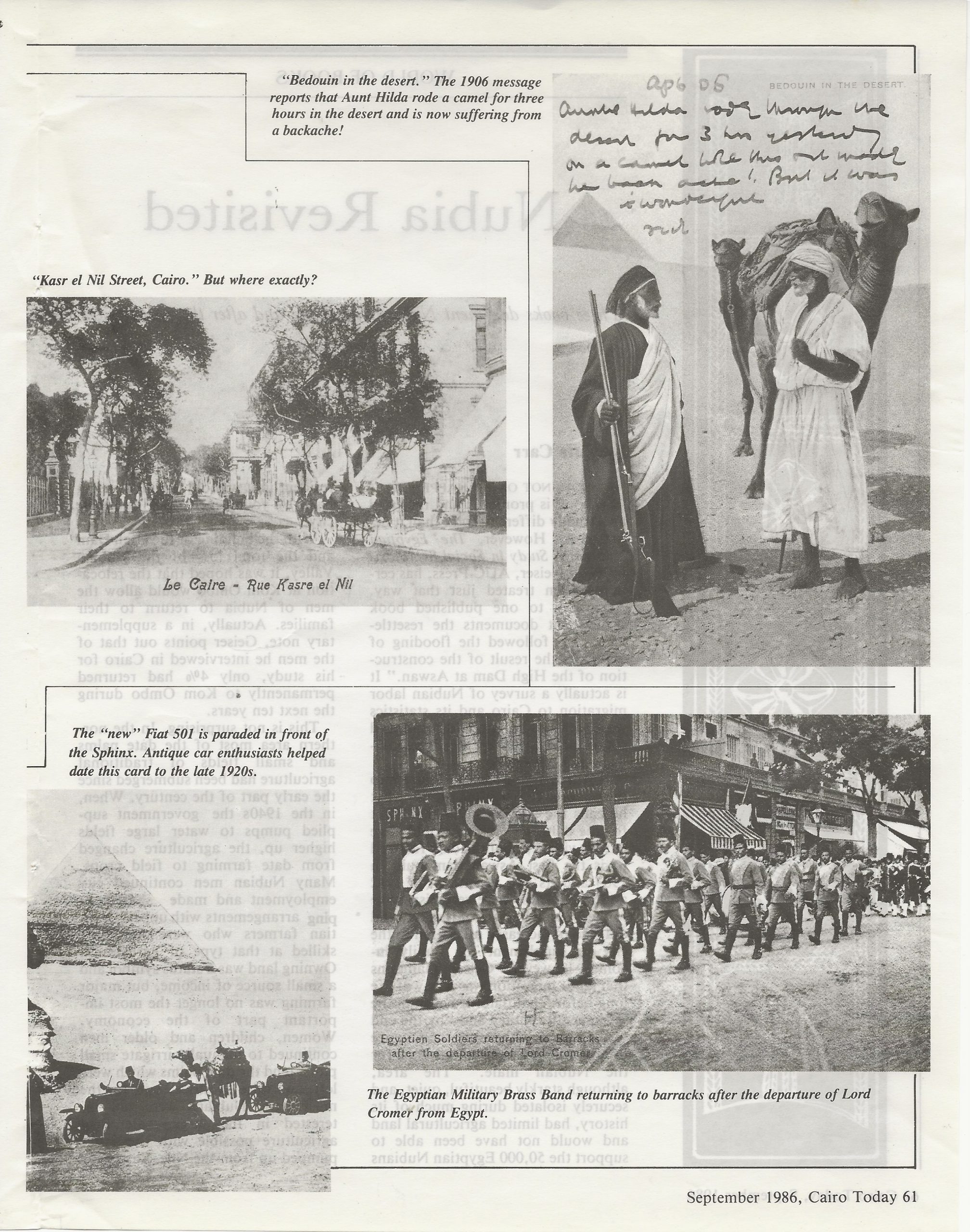
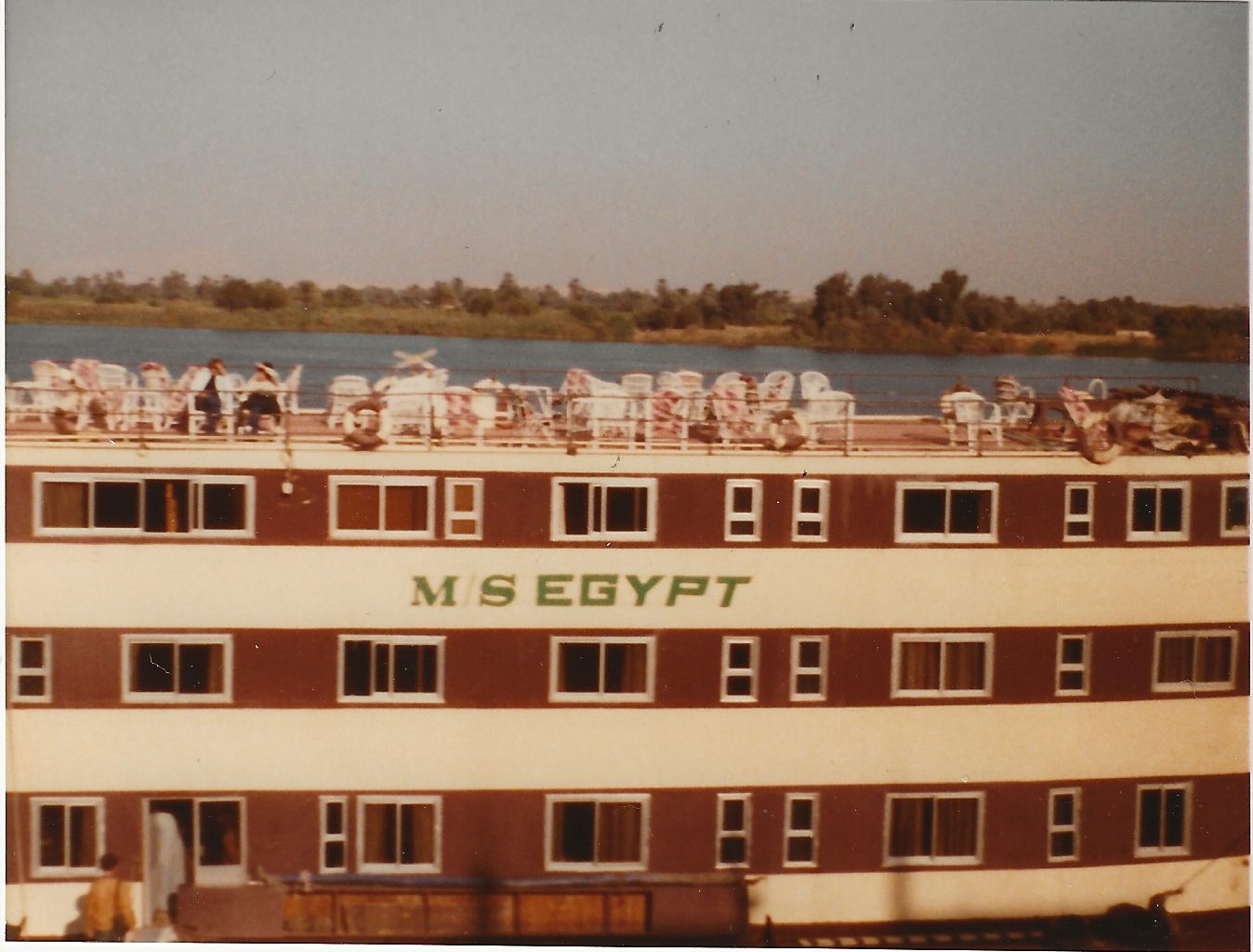
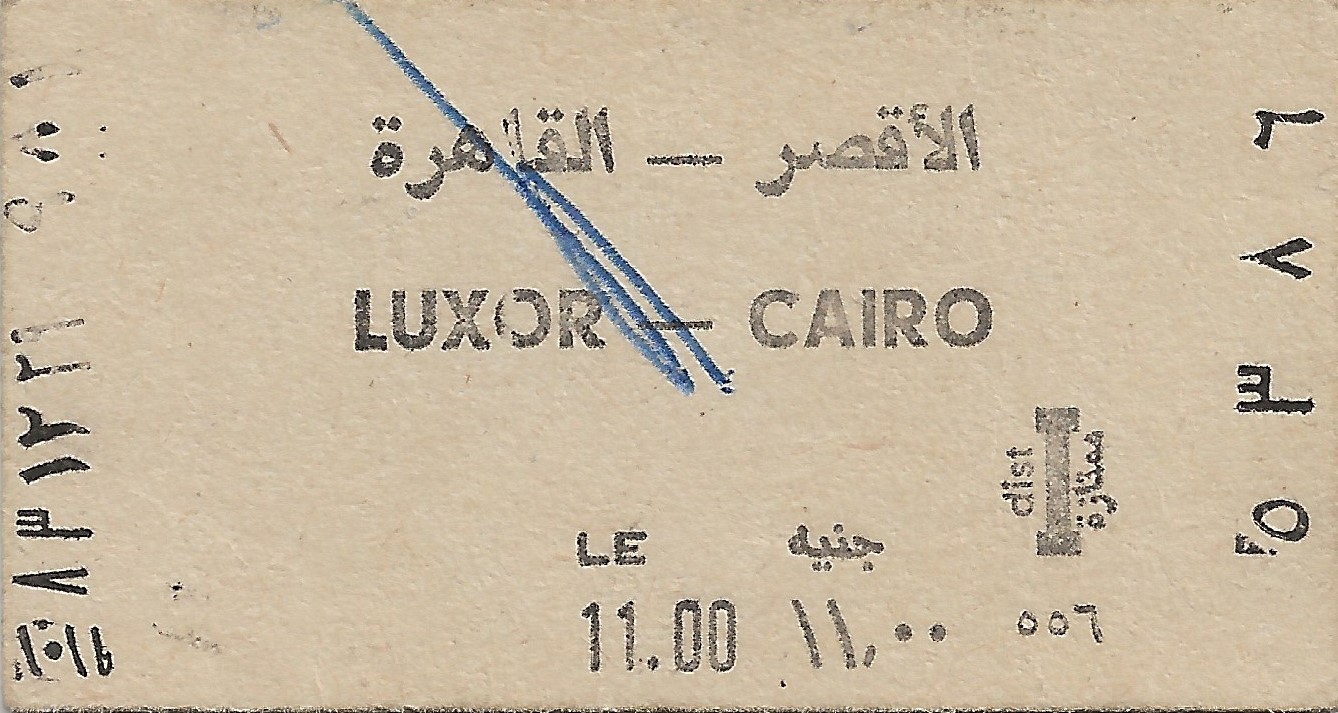
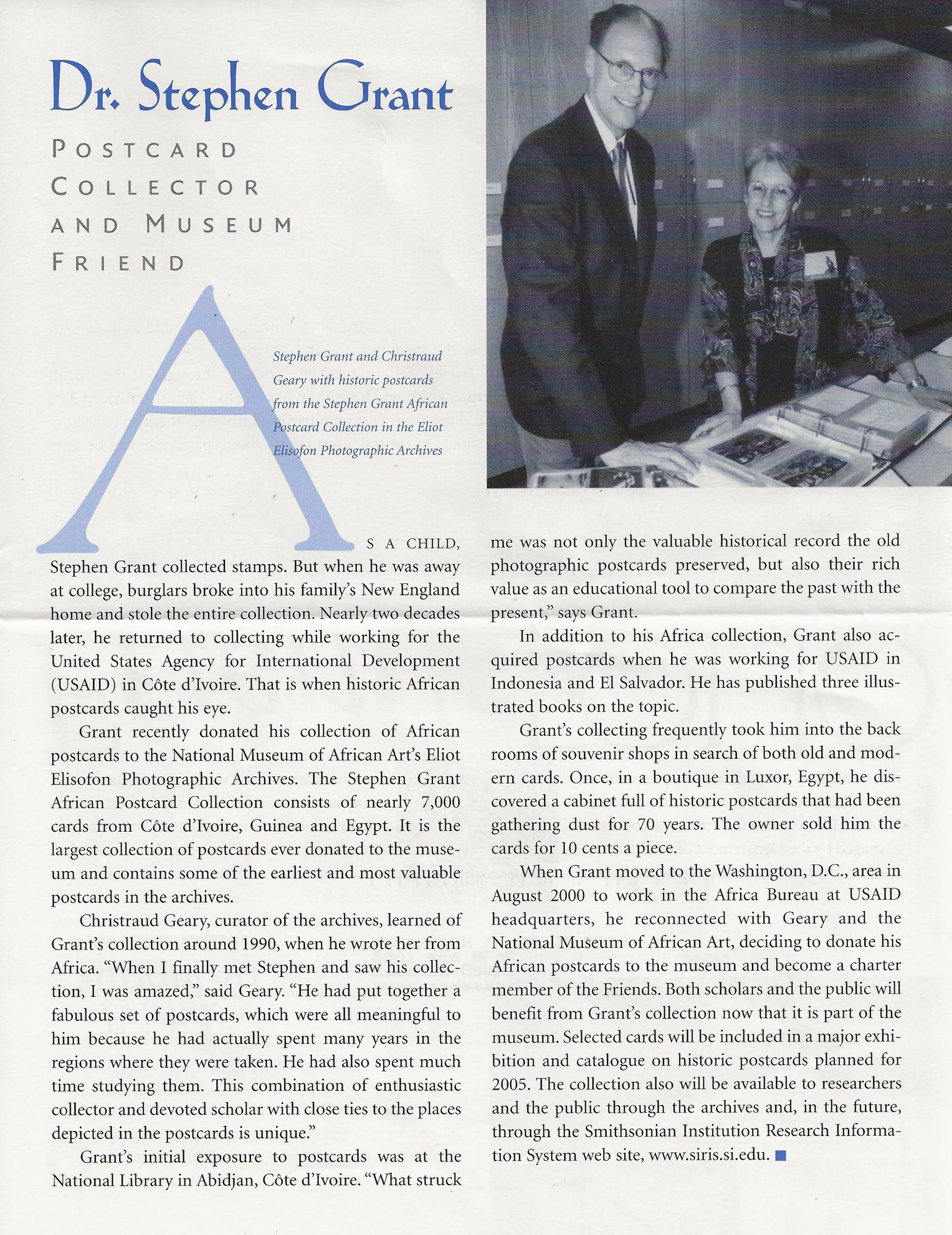
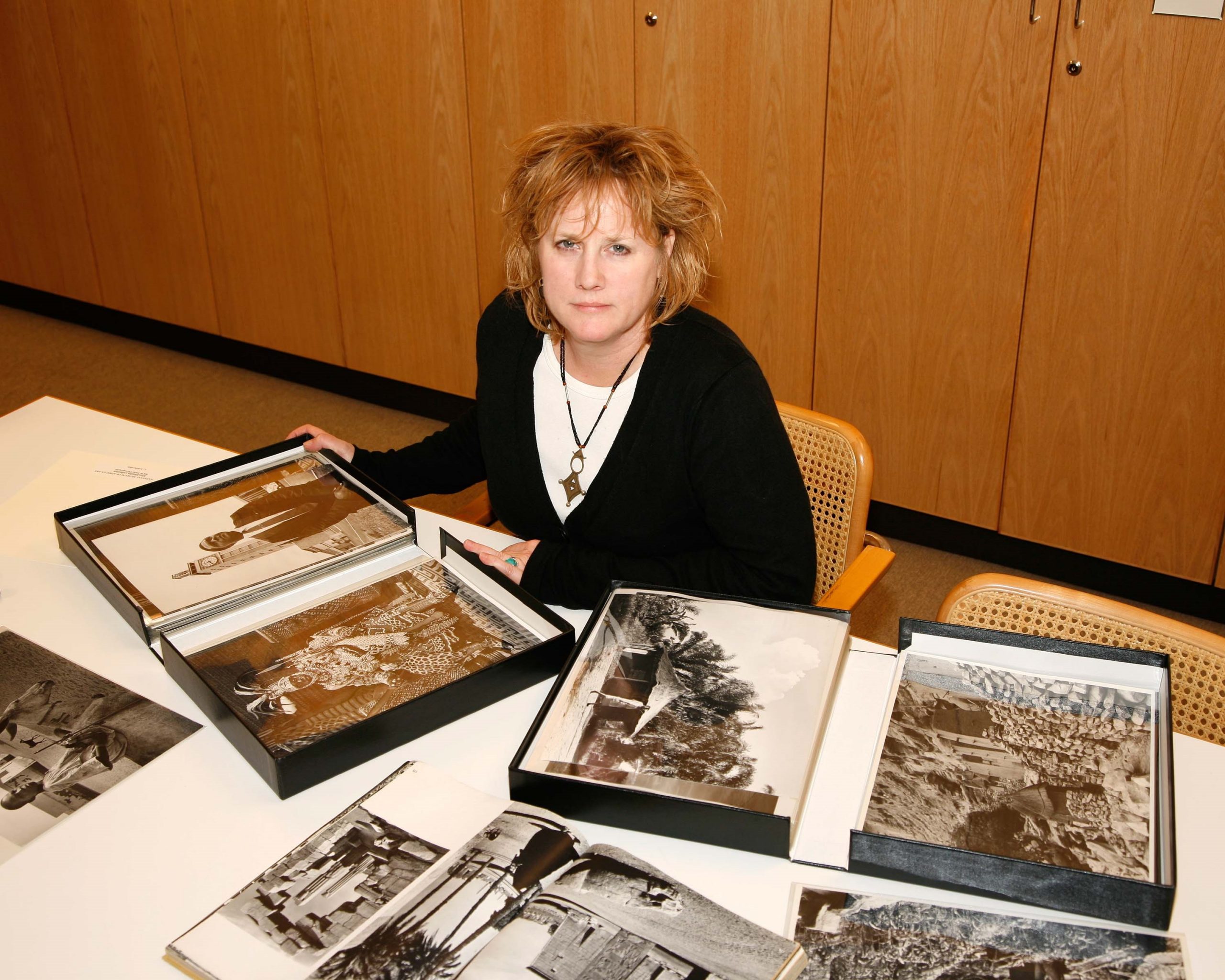
Wonderful recollections.
Congratulations!
Stephen, what a phenomenally interesting post. I loved the flow of it and the anecdotes.
Such an interesting, thoughtful reflection. Thanks so much for posting this.
Thanks for the Luxor materials, including the descriptions of your work with USAID Cairo.
I still carry dust from those long forgotten old post card drawers in Luxor
No Luxor yet and an unlikely destination. We cannot all go and do as the winds blow. I am both happy with my life and admiring of yours. Spontaneity has rarely been my style. Alas! Bravo!
Another good read. Thanks.
Thank you very much!
I love the blog post!
Hi Steve,
I have a small collection of more contemporary post cards from West Africa that Chris and I looked at together once. She helped me notice some details about where they were printed, etc that shed more light on them.
Hello Mellen and Steve,
How wonderful to discover you here!!!! I feel quite excited. I hope that you and your loved ones are doing really really well.
Steve, what a beautiful Project!
Mellen, I am finishing an article for publication in which I added a bit of personal story from my travel into Southern Africa, when we were both based in Abidjan. I would be most grateful if we could speak or otherwise communicate, and if you could assist me to clarify a memory from that time. Would you let me know how to reach you, please? My contact information is below.
Wishing you all of the very best.
Delighted to see your Valentine’s message, Vernita Pearl!
What a great piece! We visited a few places in Egypt as tourists, and Luxor was one of our favorite stops.
Thank you, Stephen, for the wonderful post. I felt deeply connected to the flow of your story, having moved to Cairo with my family from Ivory Coast, learned Egyptian Arabic, made the occasional speech, stayed in the Winter Palace and served in the same USAID mission to Egypt. I was moved by your respect and nostalgia you have for the people you found there. I only felt a certain sadness at having missed the dusty gift shop and its proprietor and the requisites he brought to that role. Shuckran ya ragil tawil. Shufik orayib inshAllah. Bill at home in Toscana
Hi, Steve. I hadn’t remembered how proficient you were in Arabic. Impressive; I made much less progress in my language lessons at USAID/Cairo.
How nice to see that you have maintained your passions both for postcards and for writing.
Please let me know the next time you go to an Amherst reunion, so you can visit me in Easthampton, just across the river.
Best,
Jock
Thanks so much for sharing your treasures. Your article brought back many wonderful memories of our tour in Egypt.